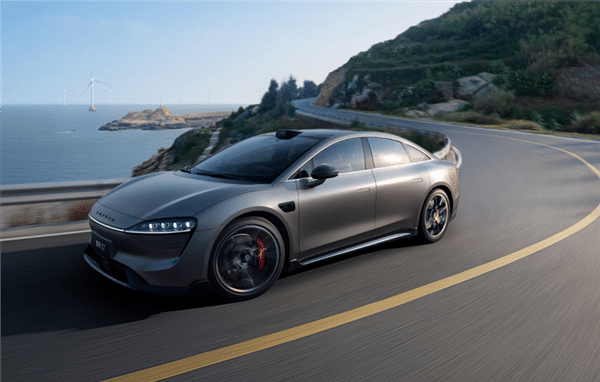Everything we know about Huawei-backed ‘new’ Luxeed S7, the Xiaomi SU7 competitor
Today Chinese media have more articles about the supposedly new Luxeed S7 than the Luxeed S7 has sold since deliveries began in November last year. The re-release sees the Huawei backed model range increase from four to five and bring in a host of improvements and notably see that all cars in the range can now achieve a range of at least 630 km CLTC.
There are now five models in the Luxeed S7 range with official prices from 249,800 to 349,800 yuan (34,500-48,350 USD), which is exactly the same price range as before. There are additionally incentives supposedly worth up to 30,000 yuan (4,150 USD) for items such as interior options, gift packs and Huawei ADS 2.0 addons. The models are as follows:
| Luxeed S7 version | Price yuan and USD |
| Pro | 249,800 ($34,500) |
| Max | 269,800 ($37,300) |
| Max+ | 299,800 ($41,400) |
| Max RS 4WD Performance Edition | 329,800 ($45,550) |
| Ultra 4WD Ultimate | 349,800 ($48,350) |
Empowering the car are eight Huawei ‘black technologies’ including the Turing intelligent chassis, HarmonyOS 4 powered intelligent cockpit and Huawei ADS, and the Huawei DriveOne 800V silicon carbide high-efficiency platform from which all cars benefit. The base Pro version gets a significant boost in range from the previous 550 km up to 705 km thanks to now using a 82 kWh battery. It can add 353 km of range in 15 minutes and has a 5.4 second acceleration time. Guiding the Pro is the Huawei ADS Basic Intelligent Driving system which is a vision based system.
Max versions add the Huawei ADS high-end intelligent driving system which utilizes a Lidar unit mounted on the roof. For the Max+ battery capacity is up at 100 kWh giving the car a 855 km CLTC range and allowing 430km of range to be added in 15 minutes. Also added in the Max+ are heating, ventilation and massage for the front seats and heating and ventilation for the rear together with something called shoulder pillow audio.
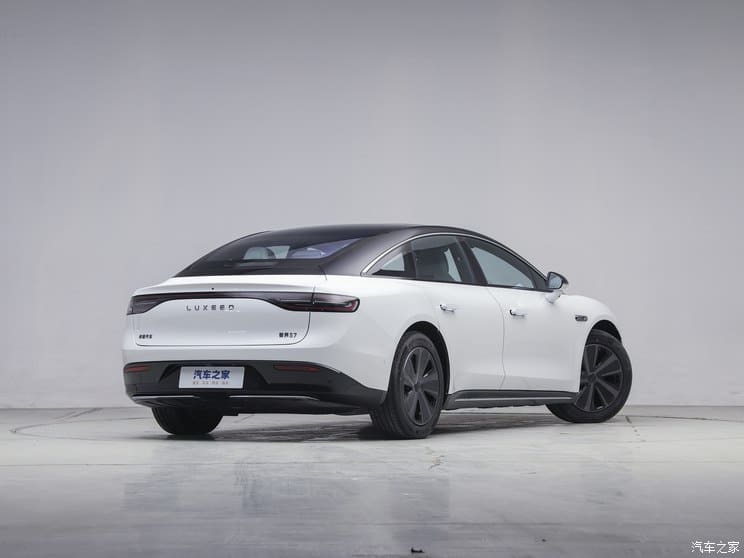
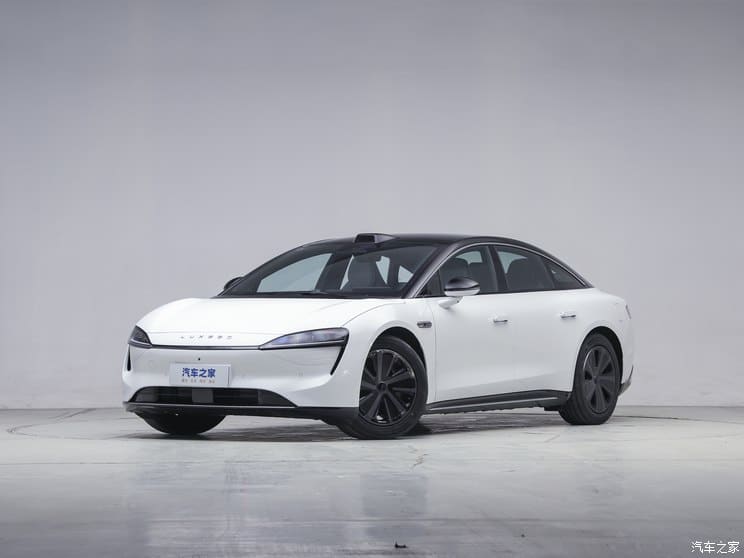
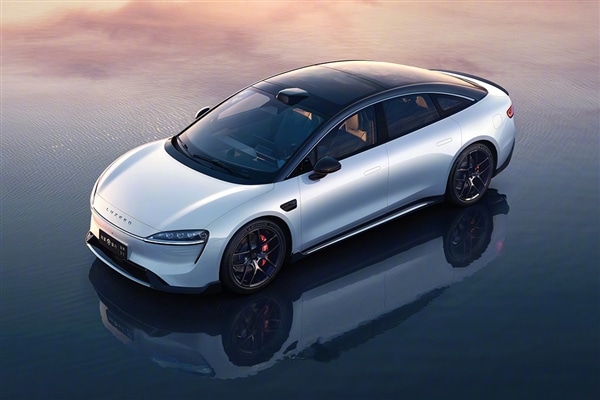
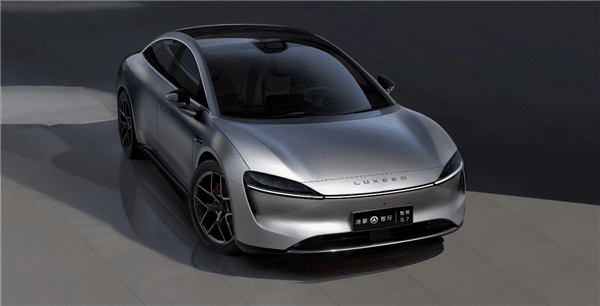
For the S7 Max RS 4WD Performance Edition there’s a step back down to the 82 kWh battery pack but making up for that are the dual motors along with a combination of CDC and air suspension. Acceleration for the dual motor version is reduced to 3.3 seconds, range however with the smaller battery is down to 630 km and 315 km range can be added in 15 minutes. All-wheel drive versions add a 150 kW motor to the front axle. Also added are Brembo high-performance brake calipers, FNC high-performance perforated brake discs, along with a queen seat for the passenger featuring zero-gravity, massage, ventilation, heating, and electric leg rest.

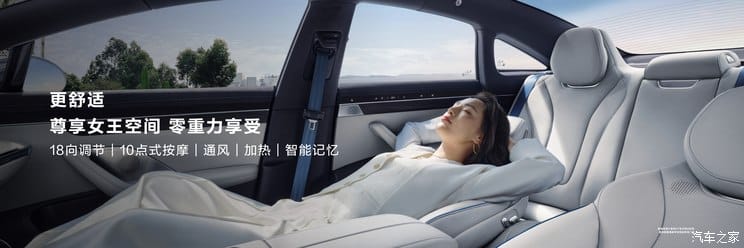
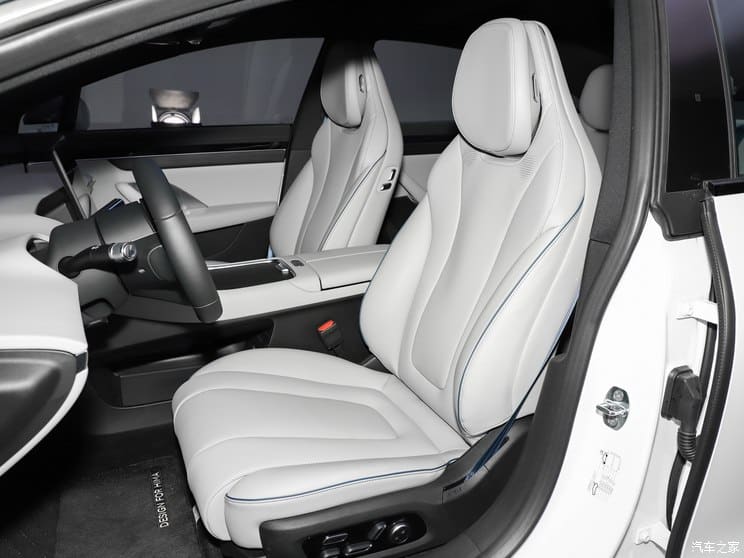
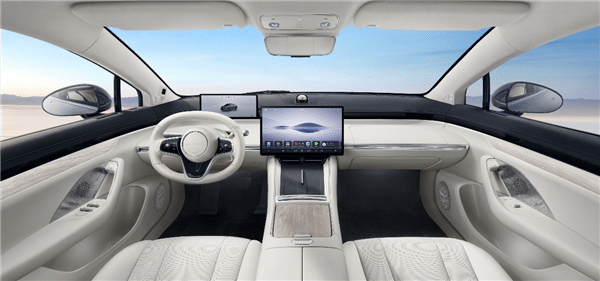
The S7 Ultra is the new car in the range and is a flagship version. Essentially the only difference from the S7 Max RS 4WD Performance Edition is that it takes the battery back up to 100 kWh. That gives the Ultra a range of 751 km and allows it to add 375 km of range in 15 minutes.
Supercharge
According to version the Luxeed S7 can add 215 km of range in five minutes and energy consumption is as low as 12.4 kWh/100 km. Introduced for the first time is Huawei’s SuperCharge high-voltage charging technology which is compatible with the industry’s mainstream charging protocols. The car uses a number of smart ways to maximize range. There is a super power saving mode 2.0 which supposedly can increase range by up to 10% by unlocking the charge of the whole battery.
Charging pain points are tackled using the car’s systems. Users can remotely set charging time using the app for home chargers to take advantage of off-peak rates. With third-party public chargers that are part of the Huawei extended network drivers can plug-and-charge without the need for scanning codes or using third-party apps. The system also intelligently monitors the route and remaining charge to provide timely charging suggestions. There is also an intelligent adaptive charging system where the battery can be dynamically heated enroute to the charging station so as to enable faster charging during winter.
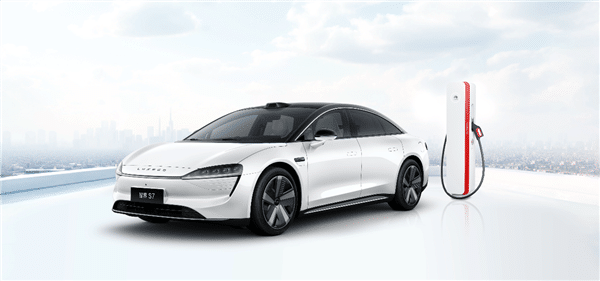
Huawei intelligent thermal management system (TMS) tries to manage range depreciation in cold weather by intelligently managing heating in the cabin. The air conditioning system is linked to the seat sensors and so will only direct warm air to the seats with passengers in them. Also when the heated steering wheel function is on in conjunction with the AC it optimizes heating to reduce energy consumption while ensuing the driver’s comfort.
Overall the system aims to maintain the air temperature in the car with minimal power consumption. This is said to reduce energy consumption by about 15% and improve range by around 20 km.
Huawei also incorporates a battery management system (BMS) into the car along with 13 layers of hard-core safety protection, thickened side impact beam and a high-strength impact beam under the car to ensure the safety of the battery. The company state that over the last three years none of Huawei’s partners’ cars that have used the system have gone up in flames.
ADS versions
On the Luxeed S7 Pro there are 10 high definition cameras, 12 ultrasonic radars and 3 millimeter wavelength radars which provide a visual intelligent driving system. This allows the car to undertake NCA (Navigation Cruise Assist) on highways and urban expressways including automated on and off ramps. Under NCA it has an ability to automatically change lanes and avoid obstacles. The parking system not only enables automated parking for vertical, parallel and oblique spaces but can also undertake parking in more complex situations such as extremely narrow spaces. Parking space recognition is 96% and success rate up to 95%.
The high end ADS system adds a Lidar unit to the sensors and this allows the car to undertake Urban NCA. It is not dependent on high precision mapping and covers most roads in China and particularly those in cities and also country roads. Huawei claim coverage reaches 99.56% of roads.

A 192 line lidar gives the car a maximum detection range of 250 m said to be 20% higher than the industry average. The systems help with effective range for the collision avoidance system. Forward AEB now works from 4-140 km/h, lateral active safety between 40-130 km/h and rear support between 1-60 km/h with active identification of pedestrians, vehicles and other obstacles.
Production
Luxeed is a car brand jointly made by Chery and Huawei which uses the Huawei store network for sales. Deliveries of the new versions will start from now and Chery state that they can roll a car off the assembly line every minute. Chery claim that it is produced on the world’s most advanced production line which is 100% automated for body stamping and that is uses aviation-grade manufacturing precision with body clearance of the surface detected by laser to an accuracy of 0.1 mm. Overall each car undergoes 10,000 tests before leaving the production line to ensure quality.
Editor’s note:
As you can see we read all the articles so you don’t have to! The ‘new’ Luxeed S7 certainly brings in a number of improvements and although prices are exactly the same you now get far more car for your money. On paper at least the capabilities of the Luxeed S7 are very impressive.
What has not been impressive is the level of sales since the car went on sale in November, achieving only 2,297 sales in the first three months. There is now extremely fierce competition in the price sector thanks to the Xiaomi SU7 and the IM L6 will likely add more fuel to the fire. The improvements to the Luxeed S7 certainly make the car more attractive as a purchase but will this relaunch change the fortunes of the car?
Sources: Autohome, Fast Technology, Et Al.



